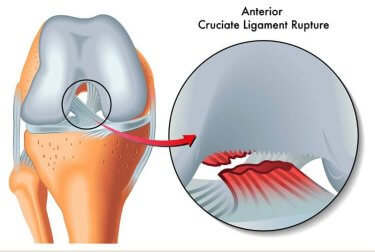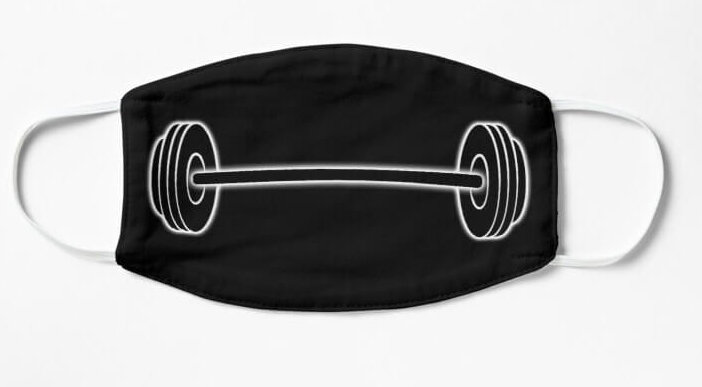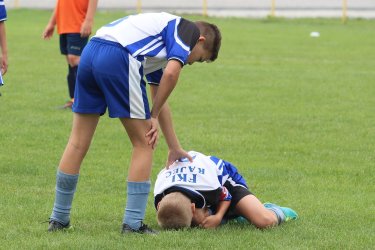
With the rise in obesity and sedentary rates, and subsequent chronic conditions, it seems imperative, now, perhaps more than ever before, that we encourage children and adolescents to be physically active. But, what if a lack of interest stems from fear of injury?
While ACL injuries disproportionately affect female athletes, accounting for 69% of serious knee injuries when compared to their male counterparts (Gomez, DeLee, & Farney, 1996), the latter is certainly not excluded from this injury pathology. As practitioners, our role is not limited to performance improvement, we must also be able to identify, provide, and prevent potential injuries. Running faster and jumping higher should no longer be the hub of engagement in physical activity. Alternatively, in order to cultivate lifelong movers, we should be training proper movement strategies. Thus, reducing the risk of injury, the associated fear, and consequently increasing the longevity of a physically active lifestyle.
This article was originally published on January 3, 2020.





